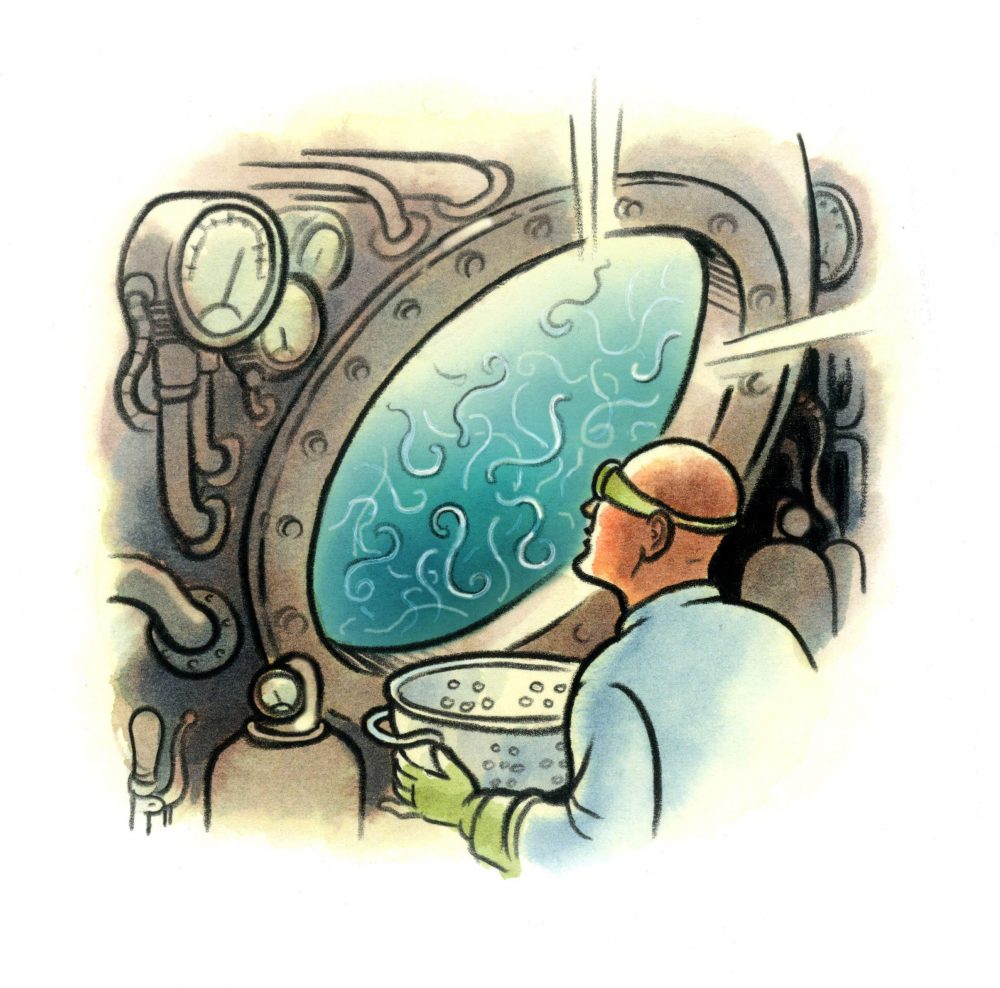
Potatoes You Can Rely On
Properly made potato gnocchi—which should cook up tender and light—require breaking down hot boiled potatoes with a food mill or ricer. Even with the right equipment, it can be a fussy process that too often results in disappointingly pasty results. Looking for a shortcut, Jennifer H., of Chugiak, Alaska, asks whether it’s possible to replace the fresh potatoes with dried potato flakes.
We were dubious, but our research uncovered many gnocchi recipes that call for instant potato flakes (including one from Boston restaurateur Barbara Lynch). Turns out the flakes aren’t just a shortcut; they also simplify the most common gnocchi conundrum: mastering the potato-to-flour ratio. When making gnocchi the traditional way, too little flour leads to gnocchi that dissolve in the cooking pot; too much flour produces stodgy results. And getting the ratio right can be a guessing game because it depends on the water content of the potatoes, which varies. In our testing, we found that instant potato flakes easily and reliably produced the tender gnocchi we were after. To make, stir 1 cup (71 grams) instant potato flakes into 1 cup boiling water, then cool to room temperature. Add 1 lightly beaten egg, 1 cup (130 grams) all-purpose flour and 1⁄2 teaspoon salt, then gently hand-mix. From there, simply follow standard gnocchi protocol: Gently knead the dough on a floured counter just until smooth, then roll it out into a 1⁄2-inch-thick rectangle. Cut the dough into 1⁄2-inch strips, then roll each strip into a log. Cut each log into 1-inch pieces. Briefly boil the gnocchi in salted water, then drain on a wire cooling rack. And there you have it: the easiest potato gnocchi ever.
Flour Power
Among pizza- and pasta making aficionados, Italian Tipo 00 flour has a reputation for producing superior crusts and noodles. But many people ask why, what it is and how it differs from other flours.
In Italy, most flour is graded as either Tipo (Type) 2, 1, 0 or 00, an indication of how finely ground the flour is and how much of the bran and germ have been removed. For example, Tipo 2 is the coarsest, while Tipo 00 is ground to a baby-powder fineness. Though finer-textured, Tipo 00 has a protein content similar to that of all-purpose flour. Combined, these traits help Tipo 00 produce tender yet toothsome pizza and pasta. But we wanted to know how it performed in other varieties of baked goods. We prepared scones, shortbread and a basic yeasted boule with both flours. In our tests, we found that the finer-ground Tipo 00 hydrates far more easily than all-purpose flour, resulting in doughs that were far less sticky. With our bread, Tipo 00 flour produced a loaf that was nearly identical to our all-purpose loaf. However, with the pastries, all-purpose flour was the clear winner, as Tipo 00 flour resulted in tougher scones and crunchy shortbread. That’s because the finer grind exposes more of the flour’s protein, leading to gluten development that makes baked goods chewier.
Using Your Noodle
During a recent trip to Italy, a local surprised us by saying that everyone (including Italians) cooks pasta wrong. Conventional wisdom holds that we boil the water, then add the pasta. But our Italian source insisted that pasta cooks best at 176°F—a temperature well below the 212°F required to bring water to a full boil. Could it be true?
To test this theory, we needed to consider the science of pasta cooking. A high-quality dried pasta consists of starch granules surrounded by a network of proteins. When the pasta is cooked, the starch absorbs water, swelling and gelatinizing, while the heat causes the surrounding proteins to firm up and hold the starches in place. This process occurs between 158°F and 176°F, and it’s in this range that pasta becomes al dente (flexible, yet firm to the bite). For our test, we cooked two varieties of dried pasta— rigatoni and fettuccine—at both a low simmer and a hard boil. We were surprised that during the first 10 minutes of cooking, the simmered pasta softened more quickly than the boiled pasta. But after 10 minutes, the differences balanced out, with the boiled pasta reaching the al dente stage first. We believe this happened because the greater heat energy of the boiling water activates the insolubility of the pasta surface proteins more rapidly, transforming it into a protective outer layer that shields the pasta’s starches from water. By contrast, the lower heat energy of the simmering water appears to affect pasta proteins more slowly, allowing the water to penetrate the pasta and gelatinize the starches more rapidly. Thus, we found no benefit to simmering pasta. In fact, boiling is not only quicker, it’s also better for pasta that is only parcooked in water, then finished in a sauce. The higher heat causes the pasta to absorb less water, so it can absorb more sauce during the next stage of cooking




